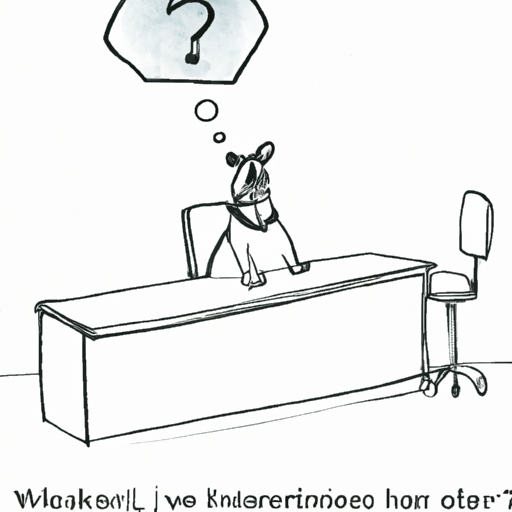As a caregiver to your furry friend, you may have noticed them shaking and panting at times. This can be quite distressing to witness, especially if you don’t understand why it’s happening. You’re not alone – many dog owners ask the same question. Let’s delve into the reasons why dogs shake and pant, and what you can do to help them.
Understanding Dog Behavior
Firstly, it’s essential to understand that dogs communicate differently. Unlike humans who express themselves through words, dogs use physical manifestations to convey their feelings, needs, or ailments. Shaking and panting are two such behaviors that can indicate various things, ranging from excitement to severe health issues.
Shaking in Dogs
- Excitement: Dogs often shake their bodies when they are excited or happy, similar to how humans might jump up and down.
- Cold: Just like humans, dogs may shake when they are cold. This is their body’s way of generating heat.
- Fear or Anxiety: Dogs might shake when they are scared or anxious. This could be due to thunder, fireworks, or even a trip to the vet.
Panting in Dogs
- Exercise: After a good exercise session or play time, dogs pant to cool down their bodies.
- Heat: Dogs don’t sweat like humans; they pant to release heat and regulate their body temperature.
- Stress or Fear: Similar to shaking, dogs may pant when they are stressed or scared.
Common Reasons for Combined Shaking and Panting
Sometimes, you might notice your furry friend both shaking and panting at the same time. Here are some common reasons:
- Excitement or Anxiety: These two emotions can often cause a dog to shake and pant simultaneously. This could be triggered by something as simple as a new person visiting your home or a change in their environment.
- Pain or Discomfort: If your dog is in pain, they might shake and pant together. This could be due to an injury, a stomach ache, or a chronic health condition.
- Illness: Certain illnesses, like heart disease, respiratory disorders, or neurological problems, can cause your dog to shake and pant.
What to do When Your Dog is Shaking and Panting?
If you notice your dog shaking and panting, don’t panic. Here’s a step-by-step guide on what you should do:
- Observe: Note down when the shaking and panting occurs, how long it lasts, and whether there are any triggers. This could be beneficial information for the vet.
- Comfort: Try to comfort your dog. A familiar voice and gentle touch can sometimes help alleviate their stress or fear.
- Consult the Vet: If the shaking and panting continue for a long time, or if it’s accompanied by other symptoms like vomiting or lethargy, it’s time to visit the vet.
Preventive Measures
As a caregiver, prevention is always better than cure. Here are some preventive measures you could consider:
- Regular exercise: This can help manage your dog’s anxiety and keep them healthy.
- Proper grooming: Regular grooming can keep your dog comfortable and prevent overheating, which can cause panting.
- Regular vet check-ups: Routine vet visits can help detect any health issues early on, before they become severe.
Frequently Asked Questions
Why does my dog shake and pant at night?
Night-time shaking and panting could be due to a variety of reasons, from simple cold to anxiety or health issues. If it’s a recurring problem, it’s best to consult your vet.
My dog is shaking and panting but seems fine otherwise. Should I be worried?
It could just be due to excitement or a slight chill. However, if it continues for long or happens frequently, a vet consultation would be advisable.
Can I give my dog something to calm them down if they’re shaking and panting due to anxiety?
Yes, there are calming aids available, but always consult your vet before administering any medication to your dog.
Is shaking and panting normal in older dogs?
While aging dogs may have a heightened sensitivity to temperature and anxiety, excessive shaking and panting is not normal and should be evaluated by a vet.
I hope this article has provided you with a comprehensive understanding of why dogs shake and pant. As a caregiver, it’s essential to stay informed and vigilant about your pet’s behavior. Remember, your furry friend relies on you for their well-being.



